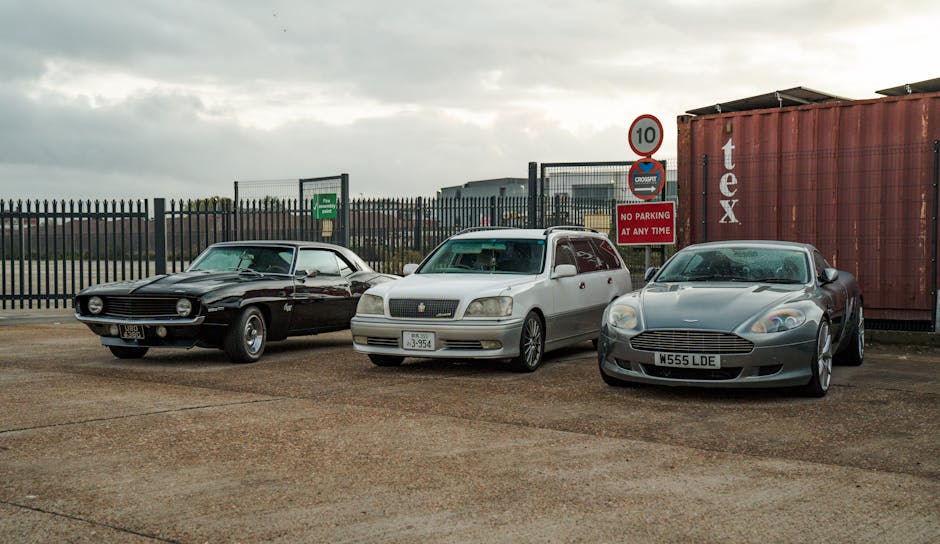Europe’s 2035 Gas Car Ban: A Policy in Flux
The European Union’s landmark decision to ban new gasoline and diesel cars by 2035—a key pillar of its climate strategy—is now under review. While the policy aimed to accelerate the shift to electric vehicles (EVs), mounting challenges have forced policymakers to reconsider. Here’s what’s happening and why.
The Original Plan: Zero-Emission by 2035
Part of the EU’s “Fit for 55” package, the 2035 ICE (internal combustion engine) ban targeted a 55% reduction in greenhouse gas emissions by 2030. The rule mandated that all new cars sold from 2035 onward must be zero-emission, effectively phasing out gas and diesel vehicles.
Key supporters included:
– Environmental groups advocating for faster decarbonization.
– Progressive automakers investing heavily in EVs.
– Policymakers aligning with the EU’s 2050 carbon-neutrality goal.
Why Is Europe Rethinking the Ban?
Five major roadblocks have emerged:
- Inadequate EV Infrastructure
- Urban-rural disparities in charging stations.
-
Concerns about grid stability amid mass EV adoption.
-
Consumer Hesitation
- High upfront costs of EVs (40% of Europeans still prefer gas/hybrids).
-
“Range anxiety” and long charging times.
-
Automaker Resistance
-
German carmakers (e.g., BMW, VW) pushed for e-fuel exemptions, arguing for synthetic fuels as a bridge technology.
-
Job Loss Risks
-
Traditional auto manufacturing jobs at stake without robust retraining programs.
-
Supply Chain Vulnerabilities
- Overreliance on China for EV batteries and raw materials.
The E-Fuel Compromise: A Game Changer?
In March 2023, Germany secured a loophole: combustion engine cars can still be sold post-2035 if they run exclusively on carbon-neutral e-fuels. Critics call this a fossil fuel lifeline; proponents argue it preserves consumer choice.
What’s Next for the EU’s Green Mobility Plan?
- Revised Deadlines: Potential phase-in adjustments based on infrastructure progress.
- Charging Network Expansion: €1.5 billion pledged for pan-European fast-charging hubs.
- Diversified Solutions: Hydrogen and biofuels may gain traction alongside EVs.
Global Ripple Effects
If the EU delays or weakens its ban, other regions (e.g., India, Latin America) may slow their own EV transitions, opting for hybrid or alternative fuel pathways.
Key Takeaway
Europe’s green ambitions remain intact, but pragmatism is reshaping the timeline. The 2035 ban isn’t dead—but its final form may include concessions to reality.
(For more on climate policy and tech trends, subscribe to NextMinuteNews.)




